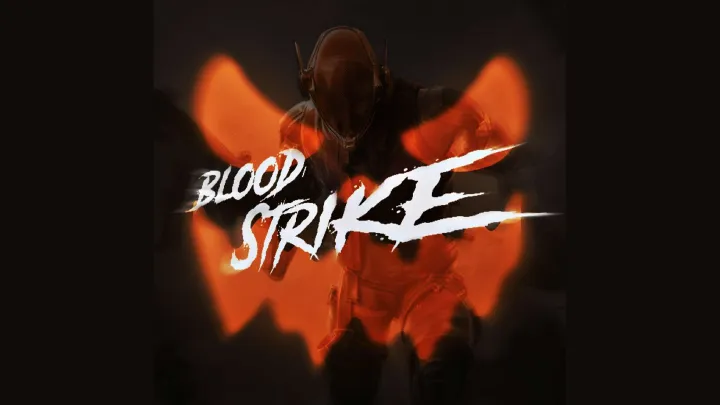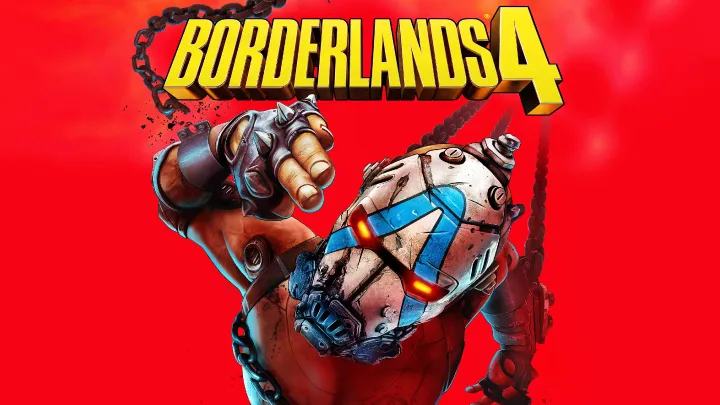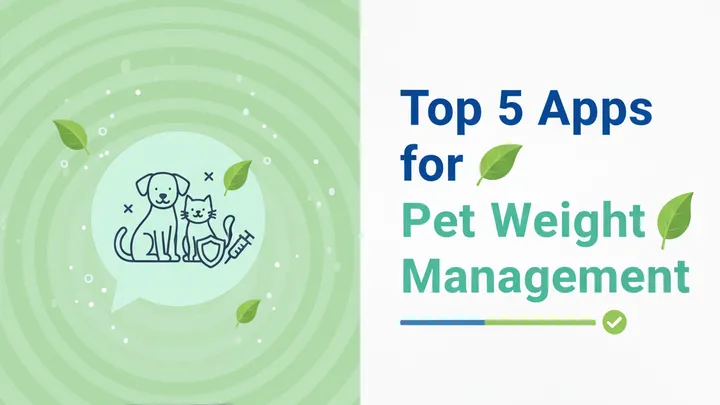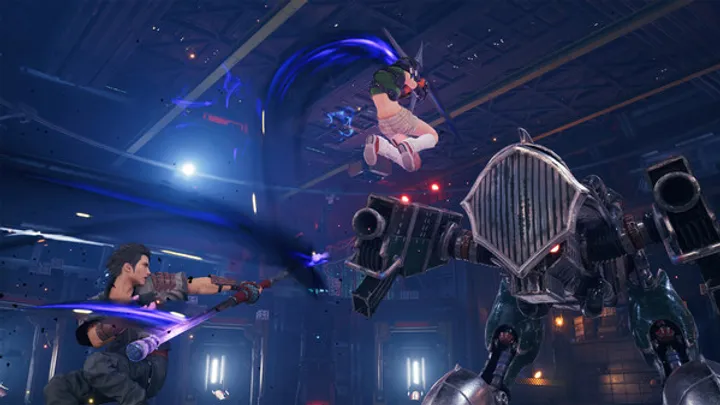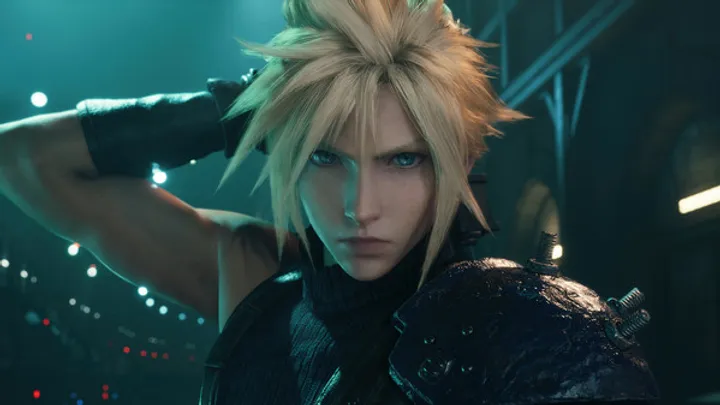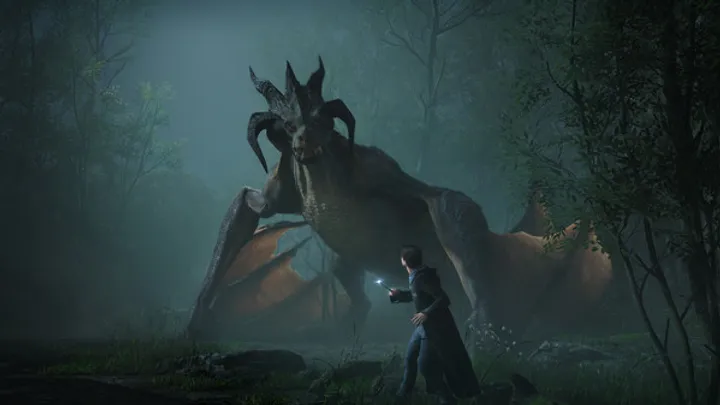Dota 2 is a game of infinite depth. With over 120 heroes, dozens of items, and a constantly shifting meta, it challenges players to think, adapt, and execute with precision. Whether you're a newcomer trying to grasp the basics or a seasoned player aiming to climb the ranked ladder, this guide offers a structured path to improvement. Through 10 progressive stages, we’ll explore the mechanics, mindset, and strategies that separate casual players from competitive contenders.
- Understand the Game’s Core Objectives Dota 2 is not just about kills—it’s about destroying the enemy’s Ancient. Every decision should serve that goal. From securing farm to taking towers, your actions must contribute to map control and eventual victory.
Many players get distracted by flashy plays or personal stats. Instead, focus on objectives: pushing lanes, securing Roshan, and controlling vision. Winning games consistently requires a team-oriented mindset and strategic discipline.
Key Objectives to Prioritize:
- Tower pressure and map control
- Roshan timing and Aegis advantage
- Lane equilibrium and farm efficiency
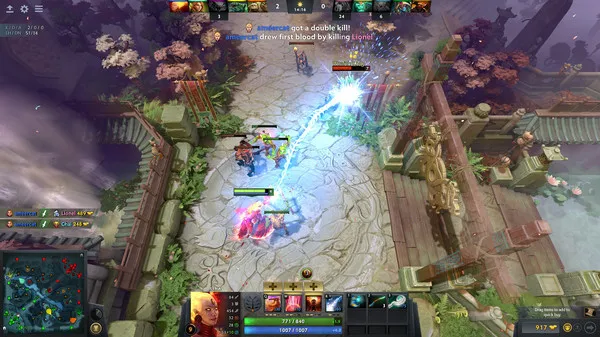
- Master Hero Roles and Responsibilities Each hero in Dota 2 fits into a role: carry, mid, offlane, soft support, or hard support. Understanding your role’s responsibilities is crucial. Carries farm and scale, supports protect and enable, mids control tempo, and offlaners disrupt enemy plans.
Don’t confuse roles with playstyles. A support can be aggressive or defensive depending on the draft. Learn how your hero contributes to the team and adjust your gameplay accordingly.
Hero Role Breakdown:
- Carry: Farm efficiently, scale into late game
- Mid: Control tempo, rotate early
- Offlane: Pressure lanes, absorb damage
- Support: Provide vision, protect cores
- Improve Your Laning Phase The laning phase sets the tone for the match. Winning your lane doesn’t always mean killing your opponent—it means securing farm, denying theirs, and applying pressure. Learn how to trade effectively, zone enemies, and use regen wisely.
Positioning is key. Stay near creeps for XP, avoid unnecessary aggression, and use spells to secure last hits. Supports should pull camps and harass, while cores focus on CS and wave control.
Laning Tips:
- Use spells to secure ranged creeps
- Buy early regen and stick to avoid deaths
- Rotate only when it benefits your team
- Learn Efficient Farming Techniques Farming is more than hitting creeps—it’s about maximizing gold and experience while minimizing risk. Learn how to farm jungle camps, stack neutrals, and use abilities to clear waves quickly.
Efficiency is key. Use farming patterns that keep you safe and close to objectives. Heroes like Anti-Mage and Alchemist thrive on farm, but even supports can benefit from smart farming during downtime.
Farming Patterns:
- Triangle farm for safe cores
- Lane + jungle rotation for tempo heroes
- Wave clearing for map pressure
- Use Vision and Map Awareness Vision wins games. Supports should prioritize warding and dewarding, but every player must use the minimap constantly. Track enemy movements, anticipate ganks, and communicate danger.
Place wards in high-traffic areas and near objectives. Use sentries to protect key zones. Vision creates opportunities—whether it’s a pickoff, a Roshan steal, or a safe push.
Vision Tips:
- Ward enemy jungle after tower falls
- Use sentries to protect key objectives
- Track enemy supports for deward timing
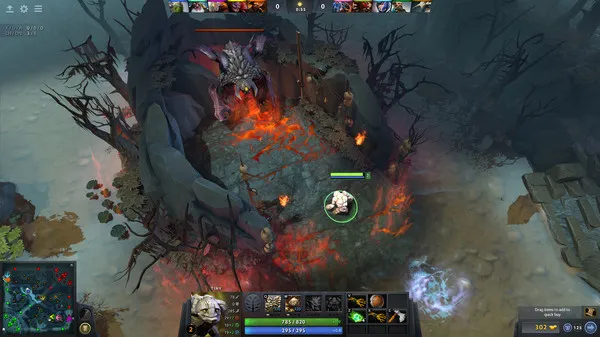
- Master Teamfight Execution Teamfights are the turning points of most games. Learn when to engage, how to position, and which targets to prioritize. Use BKBs, blink daggers, and ultimates with precision.
Communication is vital. Ping targets, call cooldowns, and coordinate spells. Watch pro matches to study teamfight flow—initiation, follow-up, and disengage. Practice makes perfect.
Teamfight Roles:
- Initiator: Mars, Tidehunter
- Disabler: Lion, Shadow Shaman
- Damage Dealer: Sniper, Lina
- Healer/Buffer: Dazzle, Oracle
- Adapt to the Meta and Patch Changes Dota 2’s meta shifts with every patch. New items, hero buffs, and map changes can drastically alter gameplay. Stay updated by reading patch notes and watching analysis videos.
Adapt your hero pool and item builds accordingly. If a hero like Muerta becomes dominant, learn how to counter or play her. Flexibility keeps you ahead of the curve and ready for any draft.
Meta Adaptation Tips:
- Follow pro tournaments for trends
- Use DotaBuff to track win rates
- Experiment in unranked before ranked
- Communicate and Coordinate with Your Team Dota 2 is a team game. Use clear, concise callouts like “One in Archives” or “Planting in B.” Avoid vague terms like “He’s over there.” Good comms lead to better trades and rotations.
Use pings and voice chat to coordinate pushes and retakes. Share info about enemy gadgets, traps, and positions. Calm communication under pressure separates good teams from great ones.
Callout Examples:
- “Two Top Floor, one holding angle”
- “Flanking from Main Stairs”
- “Bomb down in Server Room”
- Review Your Games and Learn from Mistakes Self-review is one of the most powerful tools for improvement. Watch your replays and identify mistakes—bad positioning, missed rotations, poor item choices. Take notes and set goals for your next match.
Use tools like Dota 2’s replay system or third-party platforms to analyze stats. Ask friends or coaches for feedback. Growth comes from reflection, not repetition.
Replay Review Checklist:
- Did I die avoidably?
- Was my farm efficient?
- Did I contribute in teamfights?
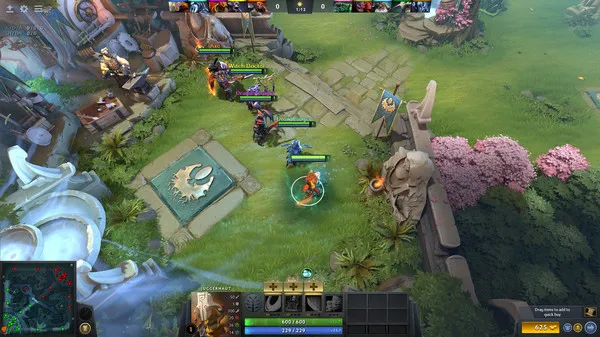
- Build a Winning Mindset Mindset matters. Stay calm during losses, avoid blaming teammates, and focus on improvement. Tilt leads to poor decisions and lost games. Treat each match as a learning opportunity.
Set realistic goals—climb 100 MMR this week, master a new hero, improve warding. Celebrate progress and stay consistent. Dota 2 is a marathon, not a sprint.
Mindset Tips:
- Mute toxic players early
- Take breaks after tough losses
- Track progress weekly
Conclusion Improving in Dota 2 is a journey of discipline, learning, and adaptation. By mastering fundamentals, choosing the right heroes, and refining your decision-making, you’ll climb the ranks and become a smarter, more impactful player. This guide offers a roadmap—from laning to teamfights, mindset to meta shifts. Whether you're aiming for Ancient or Immortal, the path to mastery begins with consistent effort and a willingness to learn.






